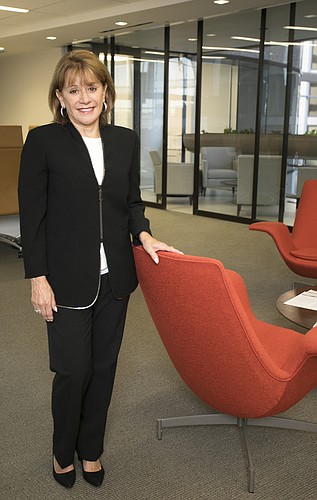- December 15, 2025
-
-
Loading

Loading

Dorothy Jackman is convinced she works in the sexiest of commercial real estate sectors: Student housing.
“Hands down, it’s the sexiest of all the commercial real estate food groups,” says Jackman, an executive managing director with commercial real estate brokerage firm Colliers International, who runs the firm’s national student housing practice from Tampa.